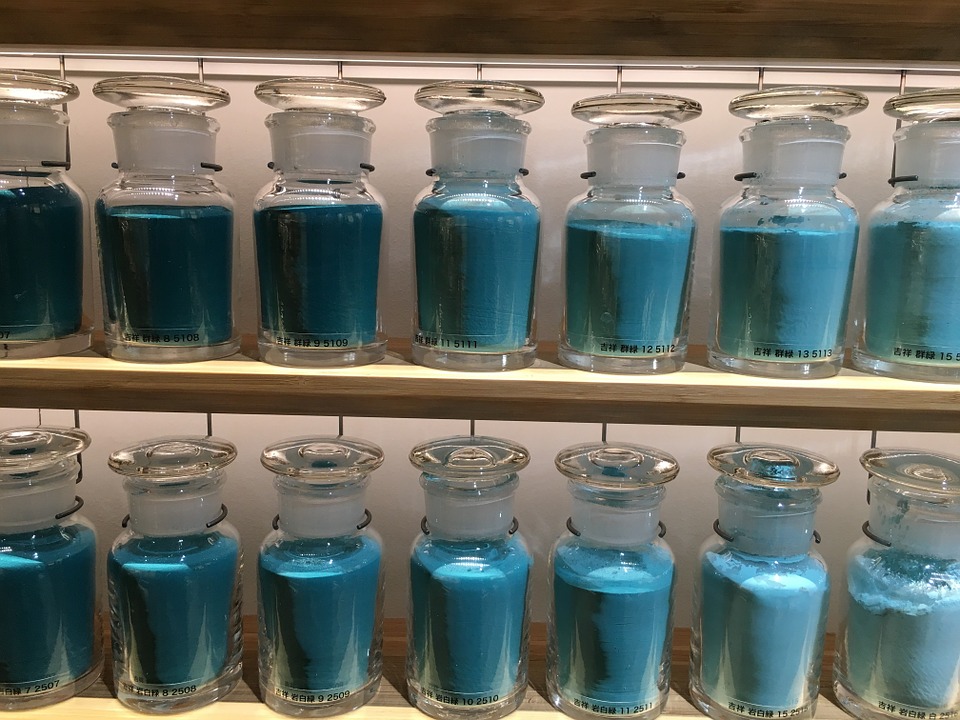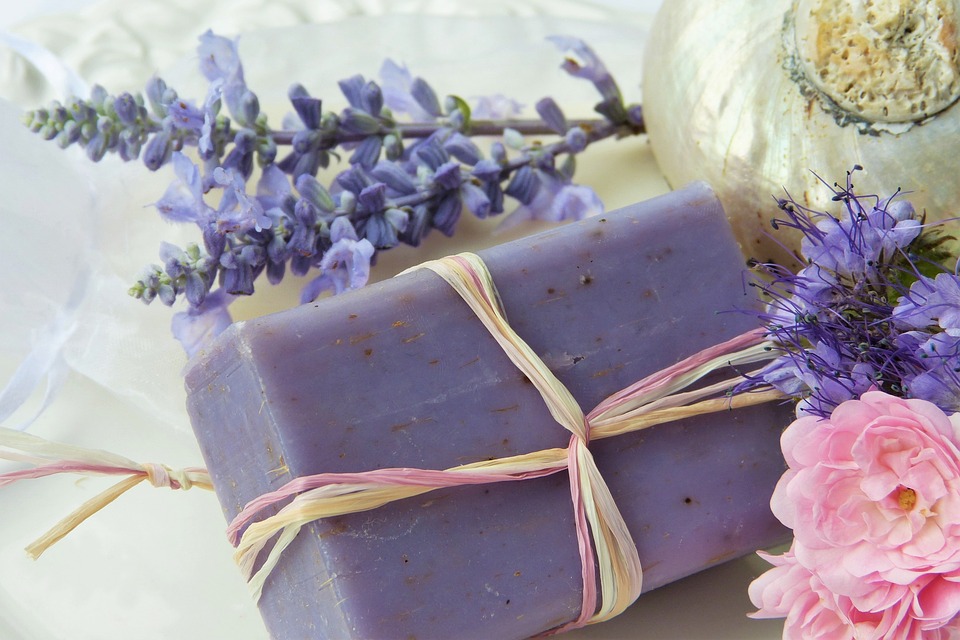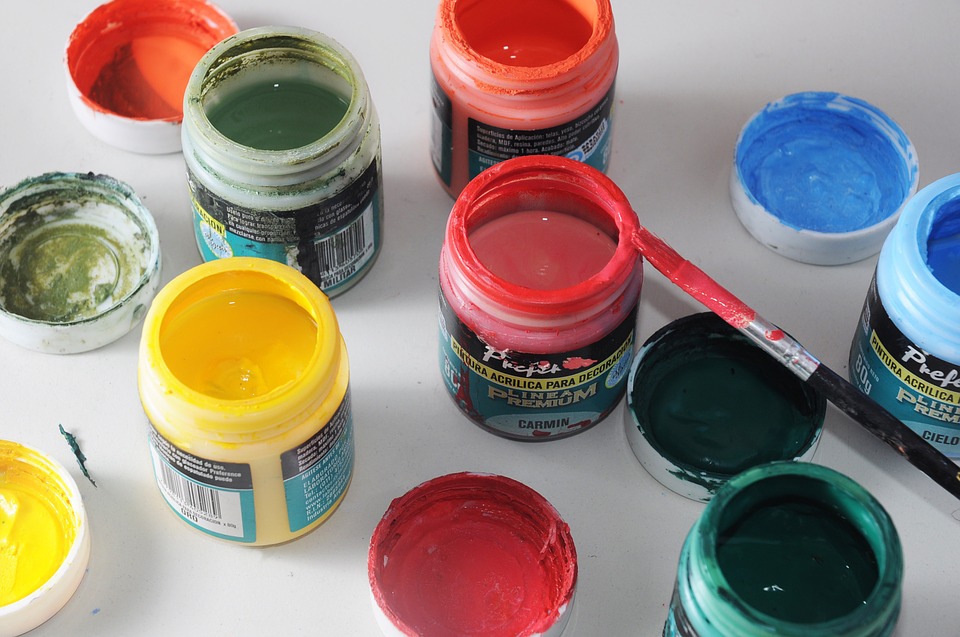
Common Applications of Dyes & Pigments
Most people mix the dye with pigments, and so do they mix their applications. Though they both can be used interchangeably, yet there’s a wide difference between them and their applications. The dyes and pigments are significant ingredients required for painting and coloring multiple products.
The paint, plastic, textile, and ink industries rely on dyes and pigments to get the perfect shade for their products.
Generally, both dyes and pigments are substances that impart color to a material. The term colorant can be used for both dyes (also called dyestuffs) and pigments. The major difference between dyes and pigments is the particle size; dyes are much greater than pigments.
Let’s highlight the basic difference between a dye and a pigment, along with their common applications.
What is a Pigment?
A pigment is a material that can change the shade or hue of transmitted lights, as an outcome of wavelength-selective absorption. This physical procedure varies from fluorescence, glow, and another type of radiance in which a material emits light.
Unlike other luminescence process such as; fluorescence, phosphorescence, and other; the pigmentation process is far different as material emits light during the procedure.
There are various types of pigments which are only required for any particular work such as; pigment red 254, it’s a paint produced by pigment, pigment yellow 191, and to name a few.
Applications of Pigment
- Pigments are used in color painting, ink, cosmetics, food, plastic, fabric, and other materials.
- Most pigments used in manufacturing and the visual arts are dry colorants, usually ground into a fine powder.
- Pigments are used for artists’ paints, car finishes, and light-reflecting signs. They materials are not soluble, so they have to get mixed with binders or vehicles to attach them to a substrate.
What are Dye
A color is a shaded substance that is inclined to the substrate to which it is being applied. The dye products are connected in a watery arrangement, they may require a stringent to recoup the quickness of color on fiber.
Dyes are available in various forms such as; granules, pastes, dry powders, liquids, pellets, and chips. In the current era, various dyes are manufactured to meet the requirements of each type of industries.
Features & Applications of Dyes
Following are the few common features, and applications of color dyes used in industries.
- Dyes are widely used by industries for inks and tinting.
- Dyes are used by textile industries for cloth coloring
- Since they’re free of heavy metals, so they’re also used in cosmetic stuff
- They are resistant to heat
- Resistance to ultraviolet light (UV)
- Conducts electricity
For more useful information, news, updates and blogs keep visiting OrigoChem




